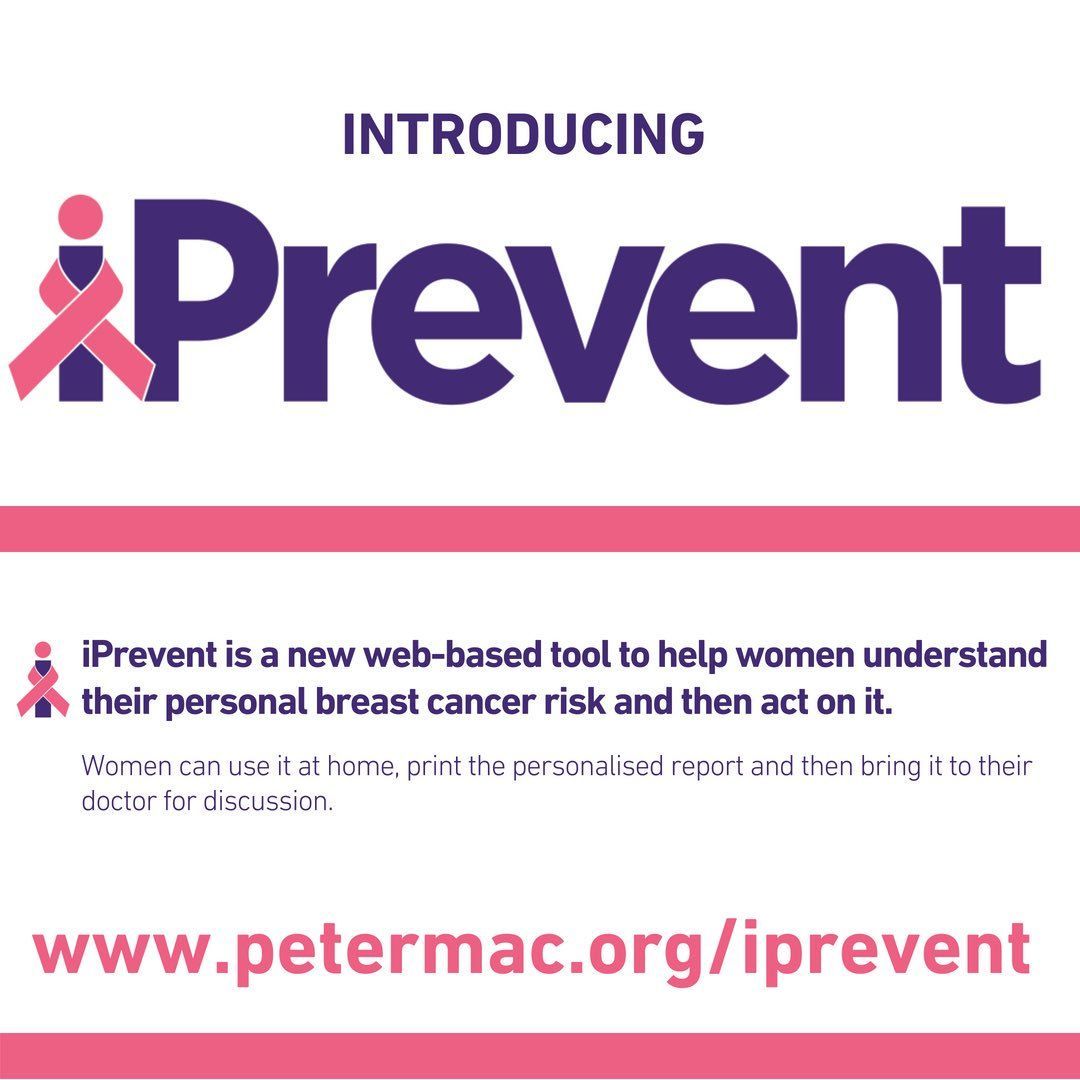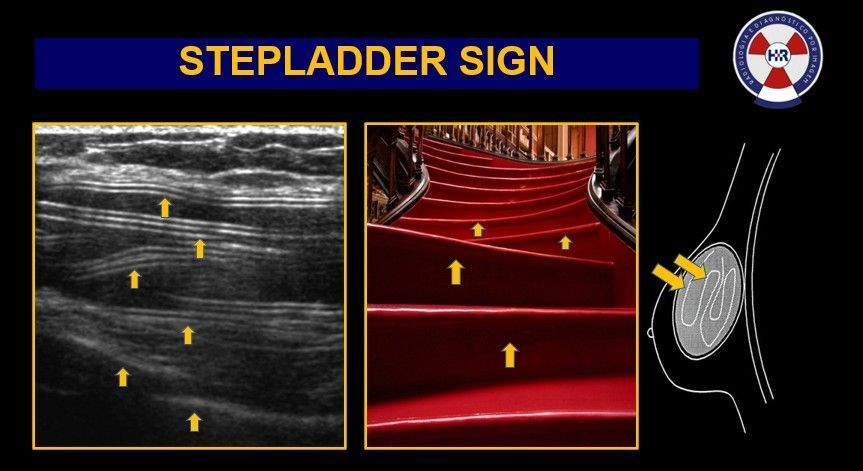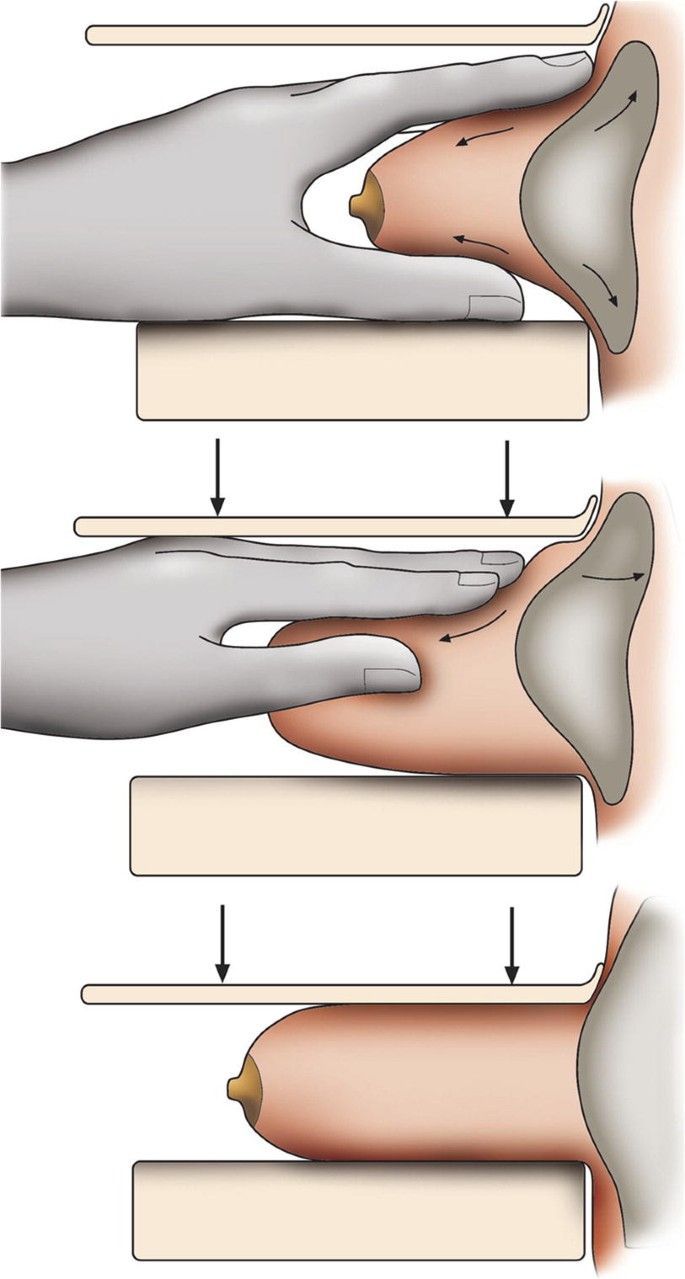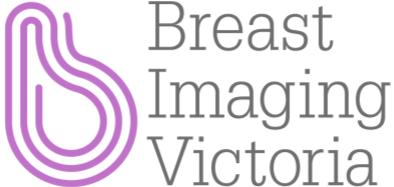Should I Worry About Nipple Inversion?
Nipple inversion, or retracted nipples, can be a natural anatomical variant or a concerning sign, depending on its onset and associated symptoms. At Breast Imaging Victoria, we are dedicated to educating our community about breast health and the significance of changes such as nipple inversion.
What is Nipple Inversion?
Nipple inversion refers to nipples that are turned inward rather than pointing outward. While some individuals may have congenitally inverted nipples, which are benign and present from birth, acquired nipple inversion, developing later in life, can sometimes signal underlying breast health issues.
Potential Causes and Concerns:
- Benign conditions: Infections or inflammations can alter breast tissue and lead to inversion.
-Fibrocystic changes: These can cause non-cancerous lumps or thickened areas in the breast, pulling the nipple inward.
- Breast cancer: Particularly concerning if the inversion is new, unilateral, and accompanied by other symptoms such as nipple discharge, breast lumps, or skin changes.
Diagnostic Imaging and Evaluation:
- Ultrasound and Mammography: Essential for assessing the underlying cause of nipple inversion, these imaging techniques help determine whether changes are benign or malignant.
- MRI: Provides a more detailed view, recommended if there are additional risk factors or ambiguous findings from other imaging.
When to Seek Medical Advice:
If you notice new nipple inversion, especially if it's on one side only and accompanied by other symptoms like discharge or a lump, it's crucial to consult your doctor promptly. These signs can be indicators of serious conditions and should be evaluated as soon as possible.
Our Commitment:
At Breast Imaging Victoria, we’re committed to providing comprehensive breast care and ensuring our community is informed about potential breast health issues. Our team of specialists is here to support you in understanding and managing any breast changes.




